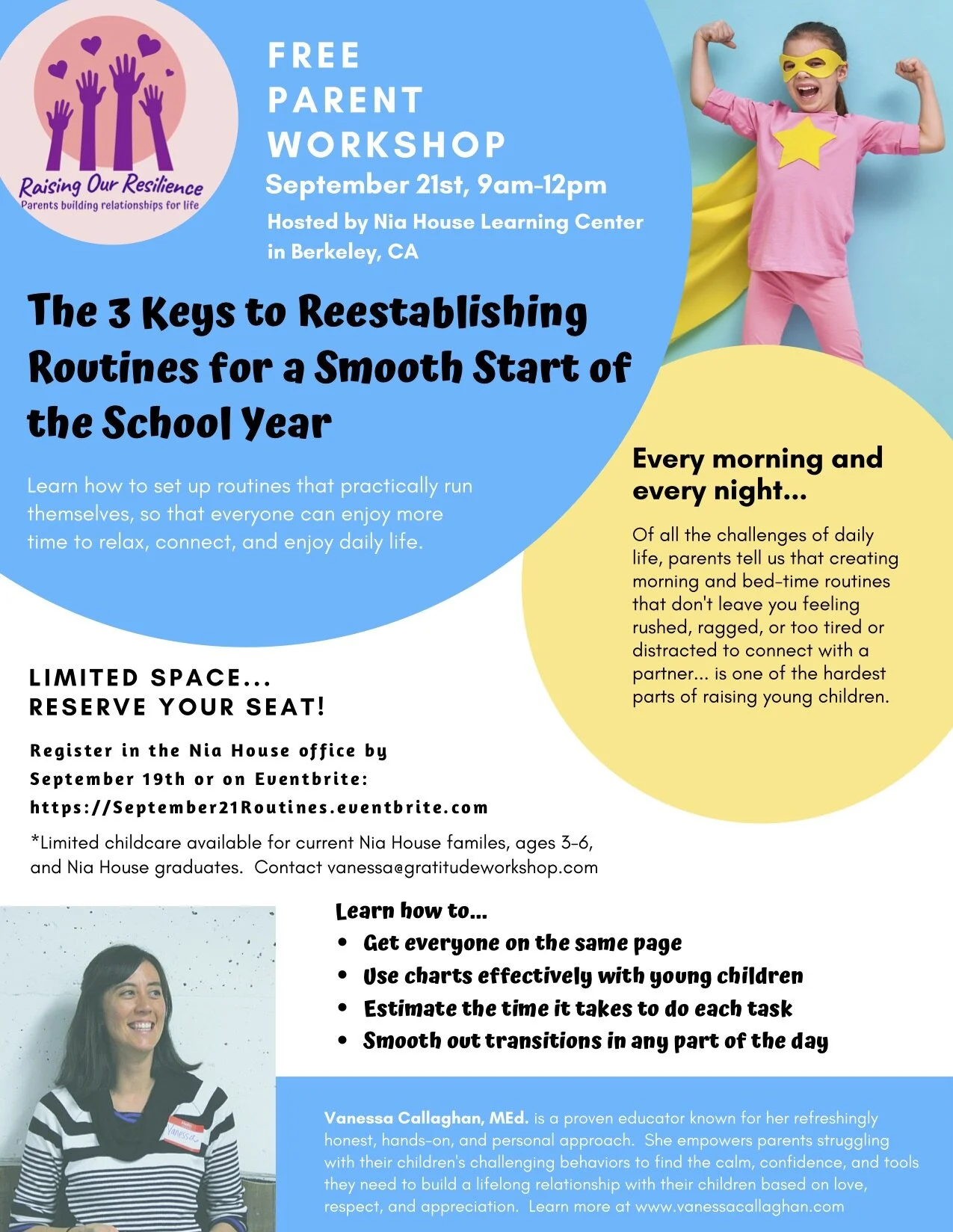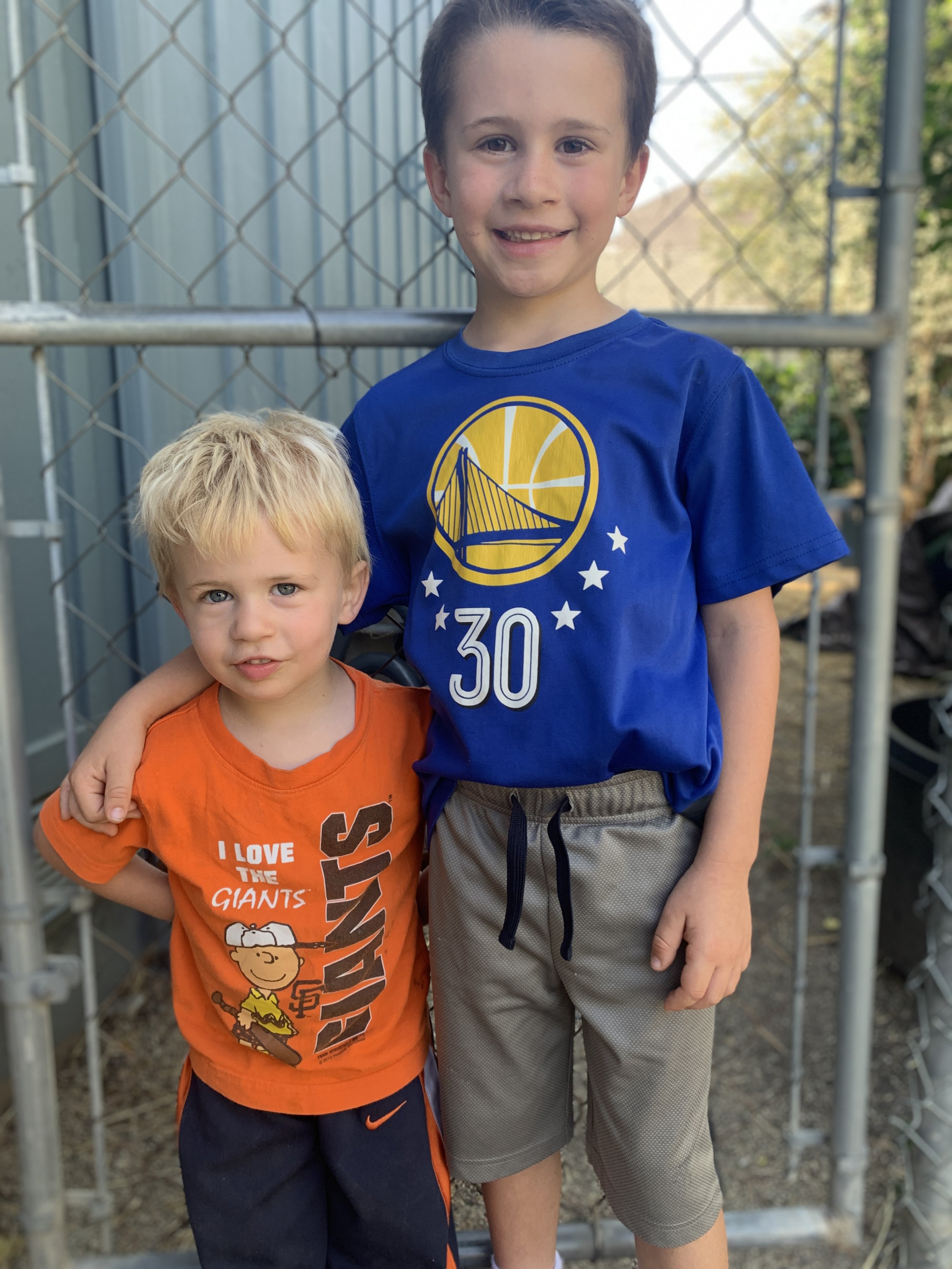Over the last two parent meetings, we have explored the theme of motivation, threading it together with Montessori’s curriculum, both abstract and concrete, with the intangible characteristics we’ve all generated on the types of teenagers we hope to live with.
If you missed the parent meeting, or need a motivation refresher, below is the slide show from the meetings, some notes, and more resources. Enjoy!
Scroll through the power point presentation below:
Meeting Notes:
What drives motivation?
There are differing theories… likely a combination of them all.
Instinct- biological instincts that are important for an organism's survival such as fear, cleanliness, and love
Drives and Needs- basic biological drives and that behaviors are motivated by the need to fulfill these drives (ex. eating, drinking, and sleeping)
Arousal Levels- people are motivated to engage in behaviors that help them maintain their optimal level of arousal. A person with low arousal needs might pursue relaxing activities such as reading a book, while those with high arousal needs might be motivated to engage in exciting, thrill-seeking behaviors, such as motorcycle racing.
Humanistic- Maslow's hierarchy of need- First, people are motivated to fulfill basic biological needs for food and shelter, as well as those of safety, love, and esteem. Once the lower level needs have been met, the primary motivator becomes the need for self-actualization, or the desire to fulfill one's individual potential.
Factors that increase intrinsic motivation:
(authors Thomas Malone and Mark Leeper Making Learning Fun: A Taxonomy of Intrinsic Motivations for Learning)
Challenge: People are more motivated when they pursue goals with personal meaning and when attaining the goal is possible but not necessarily certain. These goals may also relate to their self-esteem when performance feedback is available.
Curiosity: Internal motivation is increased when something in the physical environment grabs the individual's attention (sensory curiosity). It also occurs when something about the activity stimulates the person to want to learn more (cognitive curiosity).
Control: People want control over themselves and their environments and want to determine what they pursue.
Cooperation and competition: Intrinsic motivation can be increased in situations where people gain satisfaction from helping others. It also applies to cases where they are able to compare their own performance favorably to that of others. THOUGH WE ARE NOT NECESSARILY PROMOTING COMPETITION- RATHER PLAYFUL EXECUTIONS.
Acknowledgment/ observations (here at school): People enjoy having their accomplishment recognized by others, which can increase internal motivation.
Alfie Kohn notes three ways to promote intrinsic motivation:
Say nothing
Say what you see
Talk less ask more
MOTIVATION & FREEDOM: What do the studies say?
Slide notes…
Alfie Kohn (AK)- notes that praise can steal joy- saying “good job” tells us how to feel in a moment. “How was that” helps us feel and reflect together.
AK also notes that praise can work in the short term because children/ people are hungry for approval.
Praise can help children lose interest- praise means the job is done- praise in middle of a painting, such as a “good job,” means to the child that the painting is done, that work or play is over.
NY public school system study (Carol Dwek) suggests that labeling children as “higher performing” causes underperformance
Dwek- children acknowledged for effort were more likely to choose greater challenges (puzzles/ tests) while children praised for intelligence were more likely to choose an easier path (puzzle/ test). The “smart” kids took the “way out.”
The children praised for their “smarts” were embarrassed by the possibility of failure- they wanted to look good.
The children whose effort was acknowledged tried every question on the tests, attempted solutions, appeared to “like” what they were attempting.
Dwek found that those who were praised for their intelligence actually performed 20% worse than their original test data set, while those whose efforts were acknowledged improved by 30%!!!
Dwek found that this study permeated every socioeconomic class, gender, race….
Lesson to all- we all have gifts and challenges:
A magnet school called “Life Sciences” in East Harlem attempted a study with all of their students of mixed performance outcomes. Some were taught that intelligence can be taught. Those who studied how intelligence develops had dramatically improved test scores while those who were not did not improve…
One teacher noted that the students found the learning process to be sort of a joke, even commenting out loud, yet their performance still improved! Teacherswho did not know which child was in which group were easily able to identify the ones in the target group by their attitudes about their work/effort.
The lesson: the brain is a muscle.
Praise…
Dwek concluded that overly praised children (under 7):
Have shorter task persistence
Require more checking in with teachers/ adults- give examples of how Montessori teachers teach new children independence/ to trust themselves. Nonverbal communication- eye contact.
Are compelled to acquire more praise as their primary motivation
Become risk adverse (as they fear not getting praised)
Dwek, psychiatrist Judith Brooks, and others have noted that genuine praise can be effective at times, though children and adults alike are skeptical of praise. Has to be based on real thing- skill or talent and used sparingly to be taken seriously with genuine receptiveness.
In one study, it was found that high school aged children were more inclined to cheat because of fear of failure due to over-praise, even though they did not find the praise genuine. DISINGENUOUS PRAISE.
Rewards…
Dr. Robert Cloninger at Washington university in ST. Louis located the reward center of the brain- orbital and medial prefrontal cortex (via MRI). He studied rats and found that offering intermittent reinforcement taught perseverance. He found that frequent rewards encouraged rats (and people) to quit when rewards disappear.
Praise withdraw
Po Bronson (author of nurture shock and a prominent NY times writer) reflects on his own “praise withdraw” as a researcher and parent. It’s hard work- hard to find new ways to connect and separate from the outcomes of completion and success- they are not dependent on the parent/ teacher (in praise related ways). “Can I really leave my child to conclude that his intelligence will grow?”
Three Stages of Obedience
1. Spontaneous & vital urges- “unconscious building up of the mechanisms needed by his own personality...” (The Absorbant Mind TAM, 253)
“In fact, the ordinary behavior of grownups living with children shows an implicit acceptance of the fact that obedience from a child of two is not to be expected.” (TAM 253-4)
2. Child develops will, some self-control, and can absorb another’s wishes and incorporate into their behavior
3. Will power and obedience that comes from trust and curiosity- They know teachers/trusted adults have information/skills that they want to obtain, so they listen.
RESOURCES
Alfie Kohn
Videos:
Performance vs. Learning- The Cost of Overemphasizing Achievement
Symposium on Our Youngest Citizens
Articles:
“The Risk of Rewards” Alfie Kohn
“How Not to Talk to Your Kids The inverse power of praise.” Po Bronson














































































































































































































